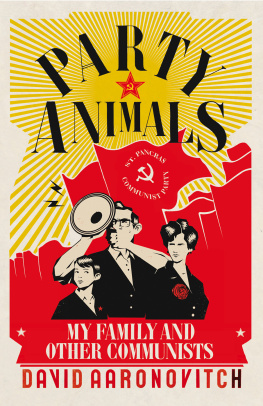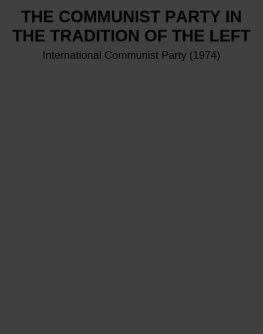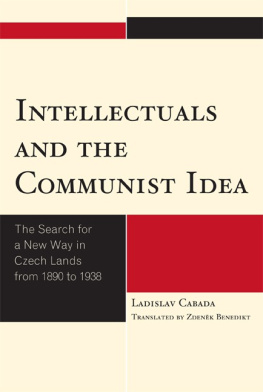First published 1987 by Westview Press
Published 2019 by Routledge
52 Vanderbilt Avenue, New York, NY 10017
2 Park Square, Milton Park, Abingdon, Oxon OX14 4RN
Routledge is an imprint of the Taylor & Francis Group, an informa business
Copyright 1987 Taylor & Francis
All rights reserved. No part of this book may be reprinted or reproduced or utilised in any form or by any electronic, mechanical, or other means, now known or hereafter invented, including photocopying and recording, or in any information storage or retrieval system, without permission in writing from the publishers.
Notice:
Product or corporate names may be trademarks or registered trademarks, and are used only for identification and explanation without intent to infringe.
Library of Congress Cataloging-in-Publication Data
Kaplan, Karel.
The Communist Party in power.
(Westview special studies on the Soviet Union and Eastern Europe)
1. Komunistick strana eskoslovenska. I. Title.
JN2229.A5K2981987324.243707585-11414
ISBN 13: 978-0-367-29096-2 (hbk)
The aim of this book is simple. It seeks to describe the main features of the internal life and functioning of a communist party. It reflects both the results of a historians research and the long years of experience of a communist official and party apparatchik.
In studying the postwar history of my country I could hardly avoid paying attention to internal party matters, for which the archives of the Central Committee of the Communist party of Czechoslovakia provided extensive information. I also spent eighteen years working at all levels of the communist party organizationdistrict, regional, and central. Over a period of twenty years I held numerous party functions, from basic organizations through the district level up to membership in the Central Control and Revision Commission of the Communist party of Czechoslovakia.
Although this book deals specifically with the communist party in Czechoslovakia, its internal life and the mechanisms by which it operates are similar in many ways to those of all ruling parties, since they are parties enjoying a monopoly of power. Their common social role and similar internal machinery, organization, and methods of operation all derive from this. They also have a certain ideological dimension in commoni.e., the application of Soviet experience, generally called Leninist principles of party construction or principles of parties of the Leninist type. Regardless of the fact that several communist parties have broken with Moscow, they have held on to these principles. Differences in the methods of operation of communist parties of the Soviet bloc are thus inconsequential.
The Communist party of Czechoslovakia was founded in 1921 and, until 1939, operated quite legally within the democratic system of the Czechoslovak Republic. It was one of the strongest political parties in parliament (representing around 10 percent of the voters) and maintained a substantial membership (around 70,000). Its influence grew substantially after the Second World War, and prior to February 1948, when it established its monopoly of power, it had over 1.25 million members and was the strongest political party in the country.
Soon after its seizure of power it adapted its organization and work methods to its new missionto be the backbone of a power monopoly, to be above all a party of power. This change stemmed directly from the partys changed mission. While it was engaged in a power struggle with other parties, the communist party had to respect certain democratic principles in its internal life. It had to tolerate differences of opinion among members and low-level functionaries, to take into account their interests and demands. Otherwise, the party organization would not have been an effective weapon in the struggle for power. In the power monopoly the party functions primarily and most importantly as an instrument for imposing the designs and will of its leadership and ruling circles. It has thus been transformed into an organization that is tightly organized and unconditionally subordinated to the power-center, that is, into a true Leninist-type party.
A Leninist-type party has existed in Czechoslovakia since February 1948. Not until 19681969 had the partys internal structures evolved enough to represent a new model of a communist party. This model grew out of a new conception of the partys role in society and figured among the most important ideals of the Prague Spring of 1968. Once the Prague Spring had been crushed, the party reverted to old models, even using methods of work that had been used just after its seizure of power twenty years before.
After 1948 the party constituted itself as a power colossus, as an entity capable of taking care of itself, of living in society autonomously, self-sufficiently, and also in isolation. Gradually, it created rules for its own life, for its daily routine, and principles of internal structure. It created mechanisms for internal operations and decision making and has refined and consolidated them, especially since the second half of the 1950s. It has transformed them into an operational model of internal party life that generations of party officials pass on, mostly unthinkingly. They are presented and accepted as tried and tested principles of a party of the Leninist type. They have even become the subject of so-called scientific studies of the party, which are taught as a theoretical subject in all party educational institutions. The models, as well as party life itself, are internally contradictory. Party rules and party resolutions proclaim one thing while the activities of party organs and their apparats are conducted quite differently.
From a formal point of view, the communist party, like any organization or association, is an aggregate of members, organizations, and organs. There are basic organizations in factories, communities, cities, and all institutions, district and regional organizations, a territorial organization in Slovakia, and central organs. This is what party rules provide for. In internal organization it can be said that a system of tens prevails. The proportion of party members to the total population stands in a relationship of 1:10. In the regional apparat there is an average of one apparatchik for ten basic organizations, ten districts make up a region, and the state is divided into ten regions. This system of tens did not emerge by coincidence but resulted from many years of experience, suggesting that units of ten are most suitable for effective management, political control, and supervision.



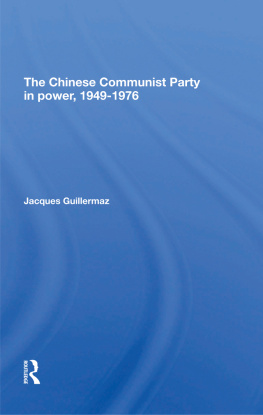
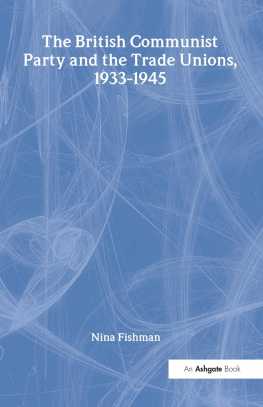

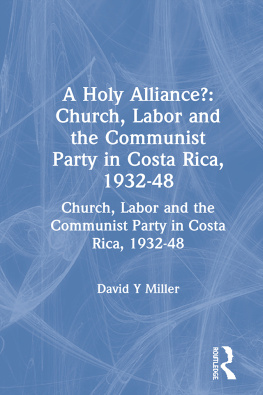
![Communist Party of PeruCommunist Party of Peru - Shining - The Collected Works of the Communist Party of Peru. 1968-1999 [Warning: Hate Speech and Negationism]](/uploads/posts/book/267146/thumbs/communist-party-of-perucommunist-party-of-peru.jpg)
